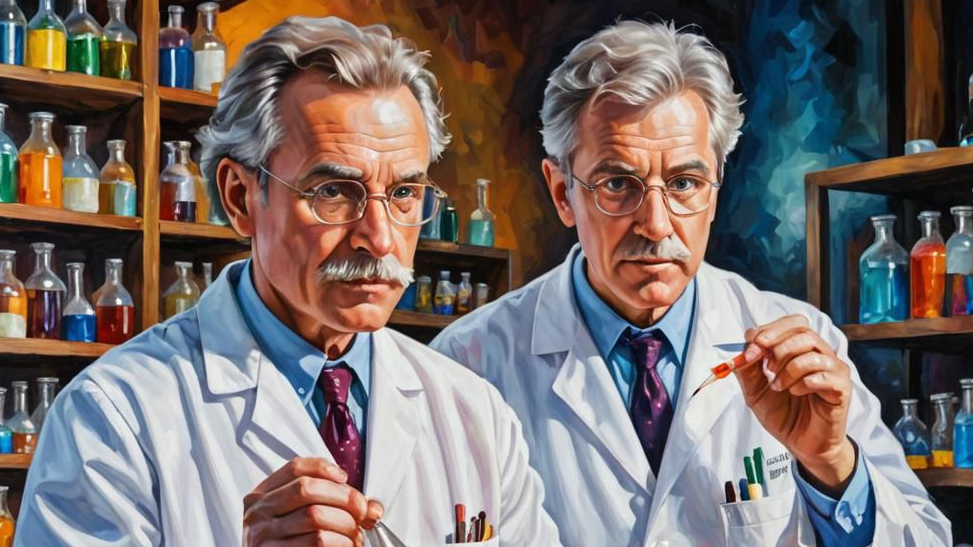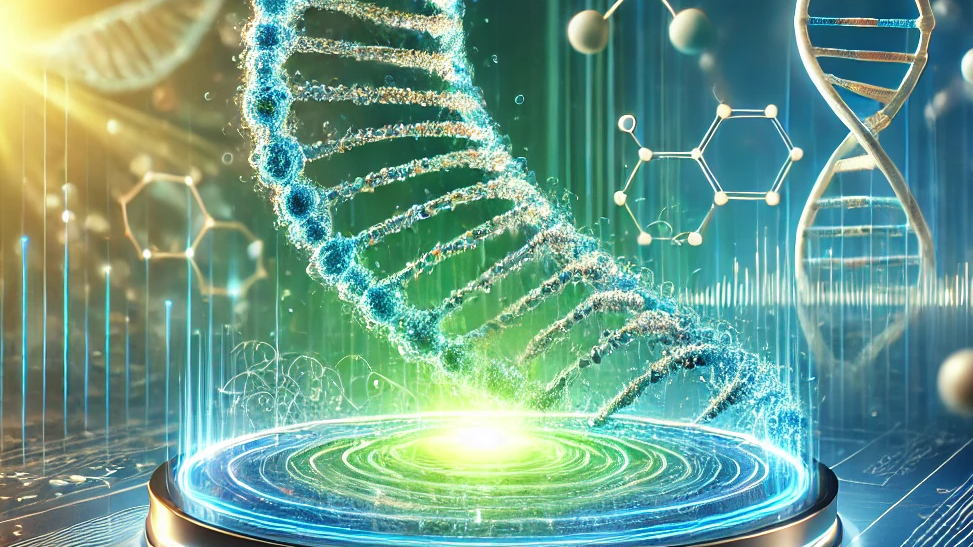RESOURCES
资源中心
13
02/2025
内毒素对细胞编辑效率的影响:293T与A549细胞的比较研究

RNA合成已被广泛应用于基因编辑、疫苗开发及疾病治疗等多个方面,在RNA合成过程中可能会产生内毒素残留,为了探究内毒素是否会影响细胞的编辑效率,我公司进行了如下实验。
check the details
12
02/2025
NovaFISH 试剂盒操作手册 – 组织

本手册适用于 NovaFISH 在固定组织样本中的应用
check the details
12
02/2025
NovaFISH 试剂盒操作手册 – 免疫荧光染色

本手册适用于NovaFISH与免疫荧光染色 (IF) 结合使用,在固定细胞中同时检测 RNA(通过 NovaFISH)和蛋白质(通过免疫荧光染色)。
check the details
12
02/2025
NovaFISH操作说明书-细胞

本手册适用于 NovaFISH 在固定细胞样本中的应用
check the details
21
01/2025
放假通知

我司将于2025年1月28日至2月5日放假
check the details
19
11/2024
nMECA技术合成mRNA,双链RNA杂质降低100倍

图维生物的nMECA技术合成mRNA显著降低了dsRNA杂质含量达100倍,为更安全、更高效的mRNA疗法提供了突破性解决方案
check the details


